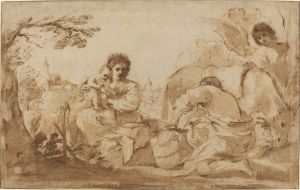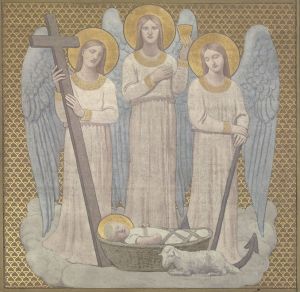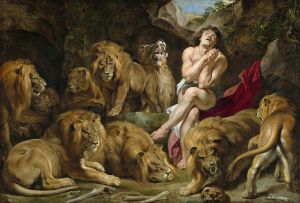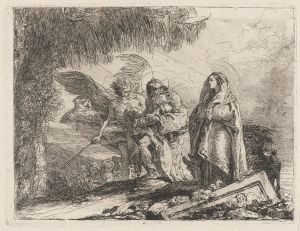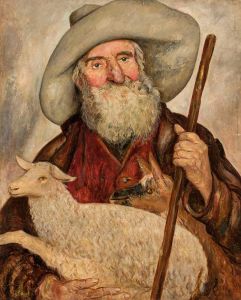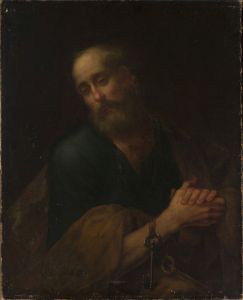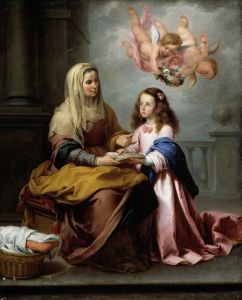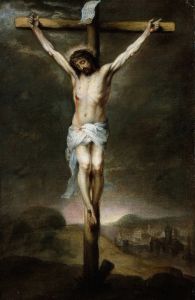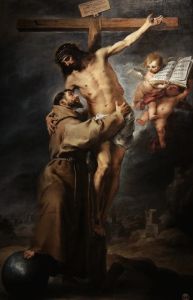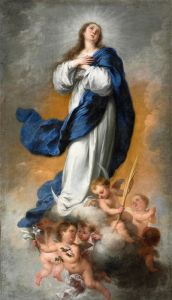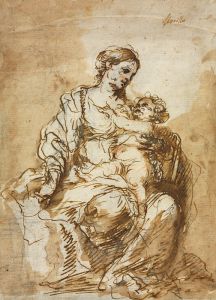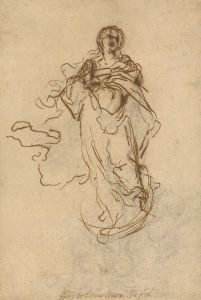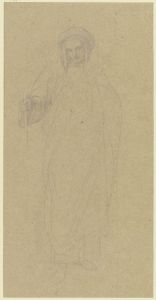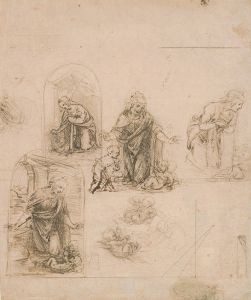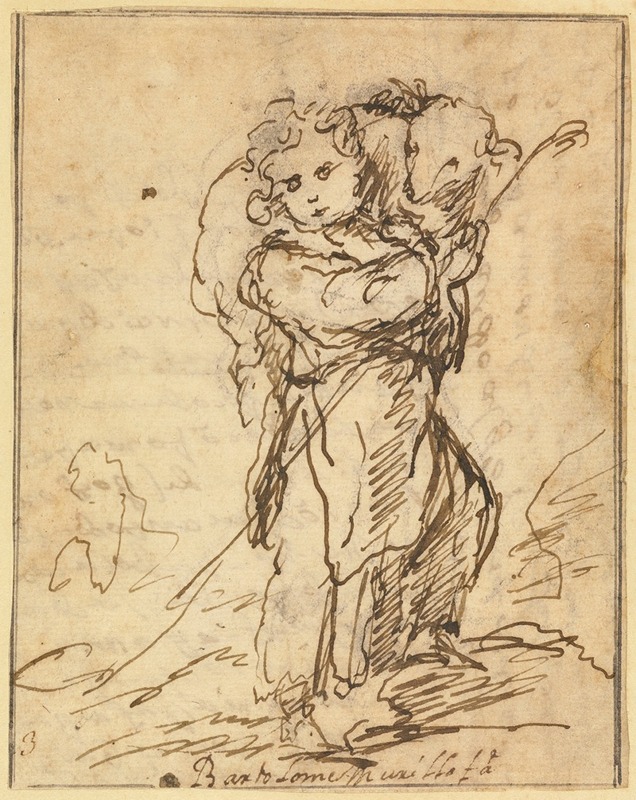
The Christ Child as the Good Shepherd
A hand-painted replica of Bartolomé Estebán Murillo’s masterpiece The Christ Child as the Good Shepherd, meticulously crafted by professional artists to capture the true essence of the original. Each piece is created with museum-quality canvas and rare mineral pigments, carefully painted by experienced artists with delicate brushstrokes and rich, layered colors to perfectly recreate the texture of the original artwork. Unlike machine-printed reproductions, this hand-painted version brings the painting to life, infused with the artist’s emotions and skill in every stroke. Whether for personal collection or home decoration, it instantly elevates the artistic atmosphere of any space.
Bartolomé Estebán Murillo, a prominent Spanish Baroque painter, is renowned for his religious works, genre scenes, and portraits. One of his notable paintings is "The Christ Child as the Good Shepherd," which exemplifies his skill in depicting religious themes with warmth and humanity. Murillo was born in Seville in 1617 and spent most of his life there, becoming one of the most influential painters of his time. His works are characterized by their soft, luminous quality and the tender portrayal of subjects, often imbued with a sense of spirituality and grace.
"The Christ Child as the Good Shepherd" is a fine example of Murillo's ability to convey religious themes through a gentle and approachable lens. This painting depicts the Christ Child as a shepherd, a common Christian symbol representing Jesus as the caretaker of his flock, guiding and protecting them. The imagery of Christ as the Good Shepherd is rooted in biblical references, particularly in the Gospel of John, where Jesus refers to himself as the "good shepherd" who lays down his life for his sheep.
In Murillo's depiction, the Christ Child is often shown with a serene and compassionate expression, embodying innocence and divine love. The child is typically surrounded by sheep, symbolizing the faithful, and the pastoral setting enhances the theme of guidance and protection. Murillo's use of light and color adds a sense of warmth and tranquility to the scene, inviting viewers to reflect on the spiritual message conveyed through the imagery.
Murillo's work was highly regarded during his lifetime, and he received numerous commissions from religious institutions and private patrons. His paintings were sought after for their devotional quality and ability to inspire piety and reflection. "The Christ Child as the Good Shepherd" would have been appreciated not only for its artistic merit but also for its ability to communicate religious ideals in an accessible and emotionally resonant manner.
The painting reflects Murillo's broader artistic style, which often combined elements of realism with idealized beauty. His figures are typically depicted with soft, rounded features and a gentle expressiveness that conveys a sense of inner peace and spirituality. Murillo's mastery of chiaroscuro, the contrast between light and dark, further enhances the emotional impact of his works, drawing viewers into the scene and highlighting the central figures.
Murillo's influence extended beyond his lifetime, impacting subsequent generations of artists in Spain and beyond. His works continue to be celebrated for their technical skill, emotional depth, and ability to convey complex religious themes with clarity and warmth. "The Christ Child as the Good Shepherd" remains a testament to Murillo's artistic legacy and his contribution to the Baroque tradition.
Today, Murillo's paintings are housed in major museums and collections worldwide, where they continue to be studied and admired for their beauty and spiritual significance. "The Christ Child as the Good Shepherd" is a prime example of Murillo's ability to blend artistic excellence with profound religious expression, making it a cherished piece in the canon of Western art.





